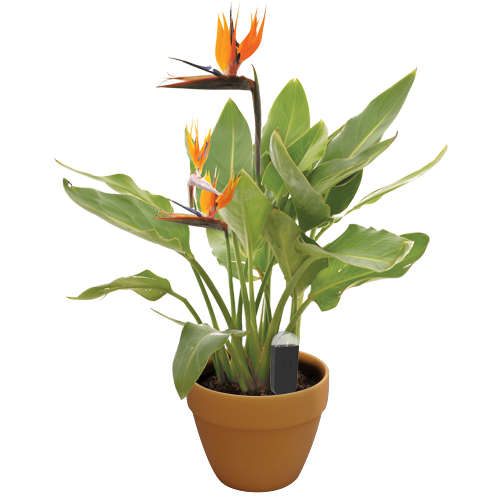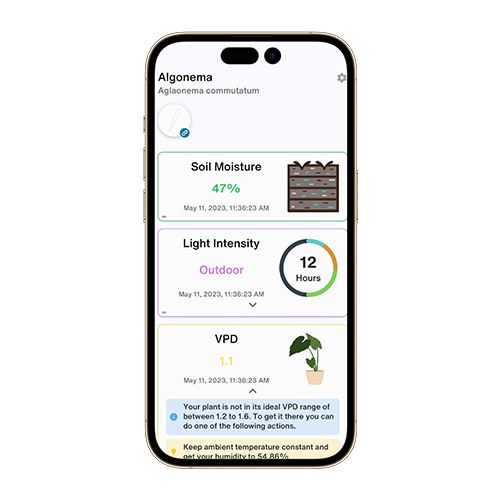Ficus virens
TAXONOMY
FamilyMoraceae
GenusFicus
Zone10
LEARN MORE
Plants of the World OnlineABOUT
Ficus virens, commonly known as the White Fig or Banyan Fig, is a large tree native to tropical regions of Asia and Australia. It belongs to the Moraceae family and is known for its expansive canopy and aerial roots. This tree thrives in wet tropical climates and can grow to impressive heights, making it a popular choice for large gardens and parks.
ALSO KNOWN AS
Urostigma Aegeirophyllum
Urostigma Apiculatum
Urostigma Canaliculatum
Urostigma Glabellum
Urostigma Lambertianum
Urostigma Moritzianum
Urostigma Nesophilum
Urostigma Perseaefolium
Urostigma Timorense
Urostigma Wightianum
White Fig
Ficus aegeirophylla
Ficus ampla
Ficus carolinensis
Ficus caulobotrya var. fraseri
Ficus cunninghamii
Ficus fraseri
Ficus glabella
Ficus glabella f. grandifolia
Ficus glabella var. nesophila
Ficus infectoria var. aegeirophylla
Ficus infectoria var. cunninghamii
Ficus infectoria var. forbesii
Ficus infectoria var. fraseri
Ficus infectoria var. lambertiana
Ficus infectoria var. psychotriifolium
Ficus infectoria var. wightiana
Ficus infrafoliacea
Ficus lacor var. cunninghamii
Ficus lacor var. lambertiana
Ficus lambertiana
Ficus monticola
Ficus nesophila
Ficus nitentifolia
Ficus pilhasi
Ficus prolixa var. carolinensis
Ficus psychotriifolia
Ficus saxophila var. sublanceolata
Ficus scandens
Ficus terminalioides
Ficus terminalis
Ficus timorensis
Ficus virens var. glabella
Ficus virens var. sublanceolata
Ficus virens var. wightiana
Ficus wightiana
Urostigma cunninghamii
Urostigma fraseri
Urostigma lambertiana
Urostigma psychotriifolium
OVERVIEW
VPDCalculate
WaterVery Wet
SoilLoamy
LightIndirect Bright (6 Hours)
Temperature25° C
Humidity80%
pH6.5
Pressure1,013 mbar
DETAILS
Care Instructions
Ficus virens requires bright, indirect light and thrives in warm, humid conditions. It prefers consistently moist soil and should be watered regularly to maintain its health. The plant does well in moderate temperatures and high humidity, making it suitable for both indoor and outdoor environments in tropical regions.Harvest
Ficus virens, commonly known as the white fig, is typically not harvested for its fruit in the same way as other fig species. Instead, it is often valued for its ornamental and ecological benefits. If harvesting is required, it is usually for the collection of seeds or cuttings for propagation. The seeds can be collected from ripe figs, which should be allowed to dry before planting. Cuttings can be taken from semi-hardwood branches and should be planted in a well-draining, moist soil mix. Regular watering and a humid environment will help ensure successful propagation.Soil
Ficus virens prefers loamy soil that is well-draining yet retains moisture. The soil should be rich in organic matter to support its nutrient needs. Ensure the soil remains consistently moist but not waterlogged to prevent root rot.Fertilizer
Use a balanced fertilizer with an N-P-K ratio of 10-10-10. Fertilize the plant every 4-6 weeks during the growing season to support its growth and development. Reduce fertilization during the dormant period, if applicable.Repotting
Repot Ficus virens every 2-3 years or when it outgrows its current container. Choose a pot that is slightly larger than the previous one and ensure it has good drainage. Gently remove the plant from its old pot, trim any damaged roots, and place it in the new pot with fresh soil.Propagation
Ficus virens can be propagated through cuttings or air layering. Take cuttings from healthy branches and root them in a moist, well-draining medium. Air layering involves creating a small wound on a branch, wrapping it with moist sphagnum moss, and covering it with plastic until roots develop.Pruning
Prune Ficus virens to maintain its shape and remove any dead or damaged branches. Pruning can be done throughout the year, but it is best to do it during the growing season. Use clean, sharp tools to make clean cuts and avoid damaging the plant.Toxicity
Ficus virens is toxic to pets and humans if ingested. The sap can cause skin irritation and gastrointestinal issues if consumed. Keep the plant out of reach of children and pets to prevent accidental ingestion.REVOLUTIONIZE YOUR PLANT CARE
Make Every Plant Smart

Plant Monitor
STAYS IN YOUR PLANT
Accurately measures the core metrics of your plant – soil moisture, light, temperature and humidity - as well as compound metrics such as Vapor Pressure Deficit (VPD) and Growing Degree Days (GDD).
Shop Now
